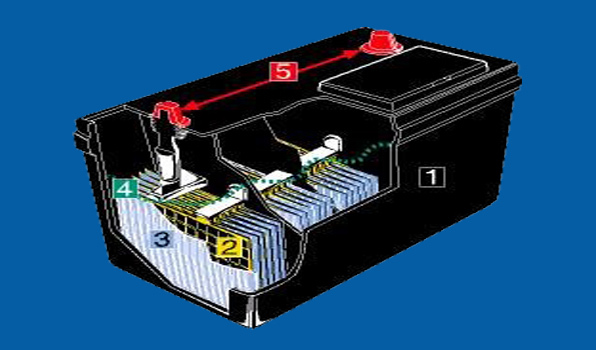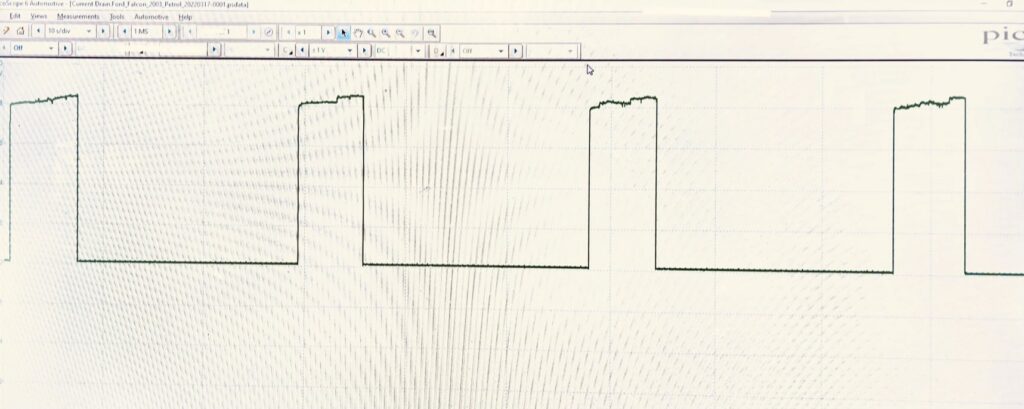Blog
Parasitic Battery Drain

Lead acid motor car batteries when fully charged can hold their charge for some months.
Going away for a few months without driving the car. This should not drain the battery to the extent that it will not be able to start the car when you return.
There is a very small continuous current drain on the battery due the on-board computers that hold much important information stored and kept alive by the battery. You will lose this stored information if you disconnect the battery. It is much easier to jump start a car than it is to reprogram the computer or enter multiple codes.
Should one sit stationary without the engine running, and the radio is on for a few hours, this will run the battery down. This is not a parasitic drain.
It should be noted that the lights might still work perfectly even though the starter motor will not turn. A starter motor can draw anything from 10 to 20 times as much power from the battery than the headlights.
While the car is running the alternator is constantly recharging the battery so that even if there is a parasitic drain the alternator will compensate for this and the battery will remain fully charged.

There are two basic types of parasitic drain. The first is a constant. This can be time consuming, decoupling different circuits to determine the component which is causing the excess drain. This can be traced using a simple amp meter but is very labour intensive.
A scan tool cannot solve this problem.
An intermittent drain is a whole different matter. In this case one needs much more sophisticated instruments. One needs electronic equipment which will record and relay facilities to show a visual representation of the current drain. This needs to be both in real time and also in a recording over an extended period of time. The technician now has the ability to rewind to the event and analyse the pattern of each event.
Questions the technician needs to ask himself.
Are all event images identical?
Am I only chasing chasing only one fault or is there more one?
How do the graphs differ both in shape, magnitude and duration?
What is the interval between them?
The graph above shows that there is only one fault and it is constant. It commences immediately the car is switched off every time. This fault is not intermittent in the sense that it only happens randomly. The technician can read off the screen the exact current drain, the duration of the drain and intervals between parasitic evens.
The drain is happening at regular intervals with equal current drain.
Which components can be eliminated because they either draw to little or too much current than indicated?
Which of the remaining components within these parameters can display this pattern?
Which of those components are fitted with either a timed or overload protection switch to stop the component burning out?
A technician having the knowledge to use this sophistic equipment and the ability to interpret the information and a detailed knowledge of the cars electro mechanical systems will hone in on those remaining components and eliminate the problem.
RECENT POSTS & TIPS
- How to Trace a Fault in an EV High Voltage Battery
- Never Lose Your Car Keys Again
- Cross Section Of A Typical Water Themostat
- Testing of EV AC Electric Motor Phase Resistance Balance Test of The Windings
- Brake Fade
- Instructions for Jump Starting a Car
- Low-Pressure Exhaust Recirculation Filter (ERF)
- Reasons for front wheel bearings to breakdown
- Brake Cylinders Failure - Detection & Consequences
- Pollen Filters
- Will a DPF regeneration cure the blocked exhaust issue?
- Why should I change the oil filter each time I change the engine oil in my car?
- What Is AdBlue ?
- Origins of Suspension Systems for Modern Vehicles
- Parasitic Battery Drain
- ELECTRIC VEHICLES – A SIMPLE EXPLANATION
- GIL’S FORESIGHT, ELECTRIC VEHICLES WERE COMING
- MECHANICS OF VARIOUS BRAKE SYSTEMS
- SCAN TOOLS DO NOT FIX CARS. HIGHLY QUALIFIED MECHANICS DO.
- TOYOTA PRIUS HYBRID BATTERY REPAIR






